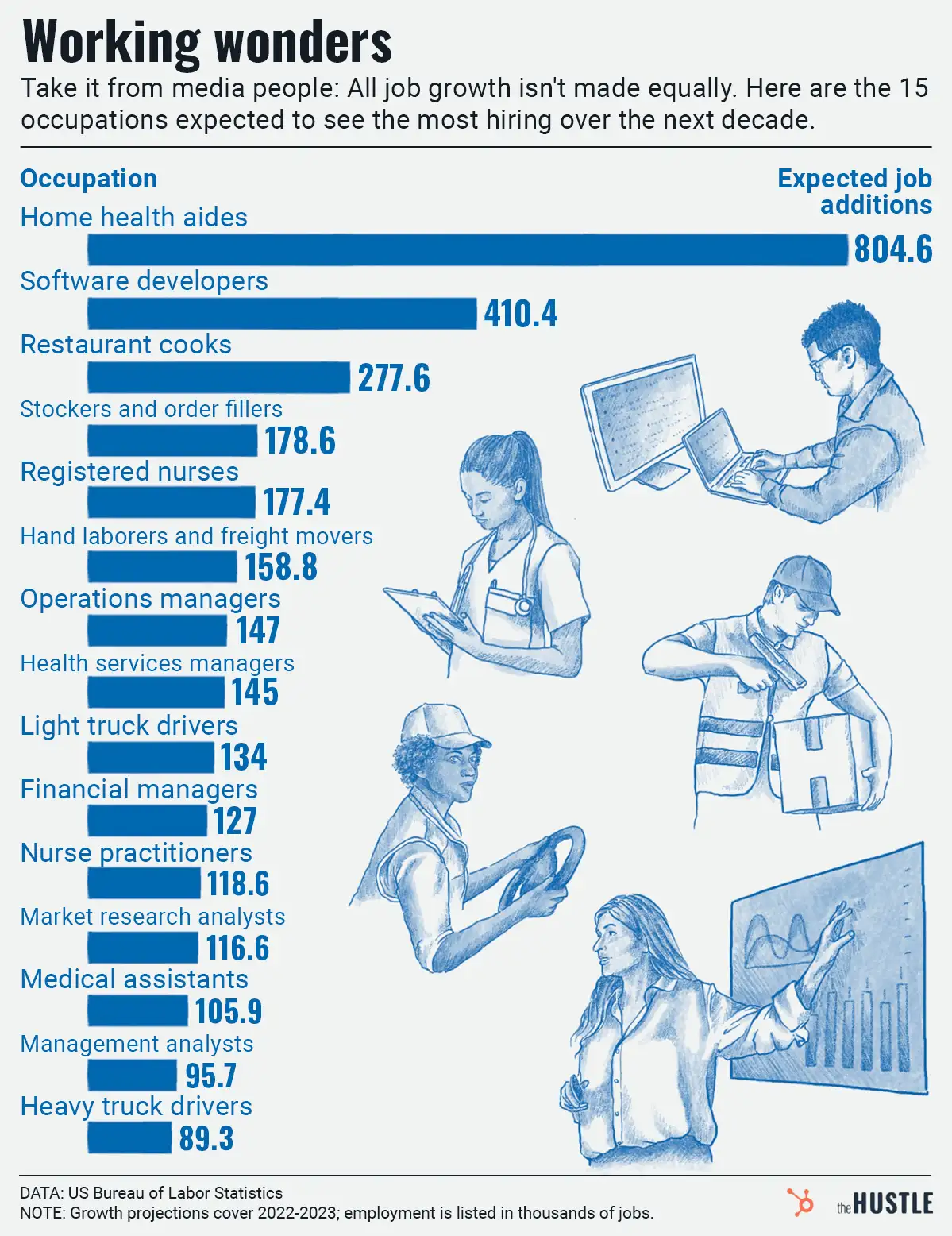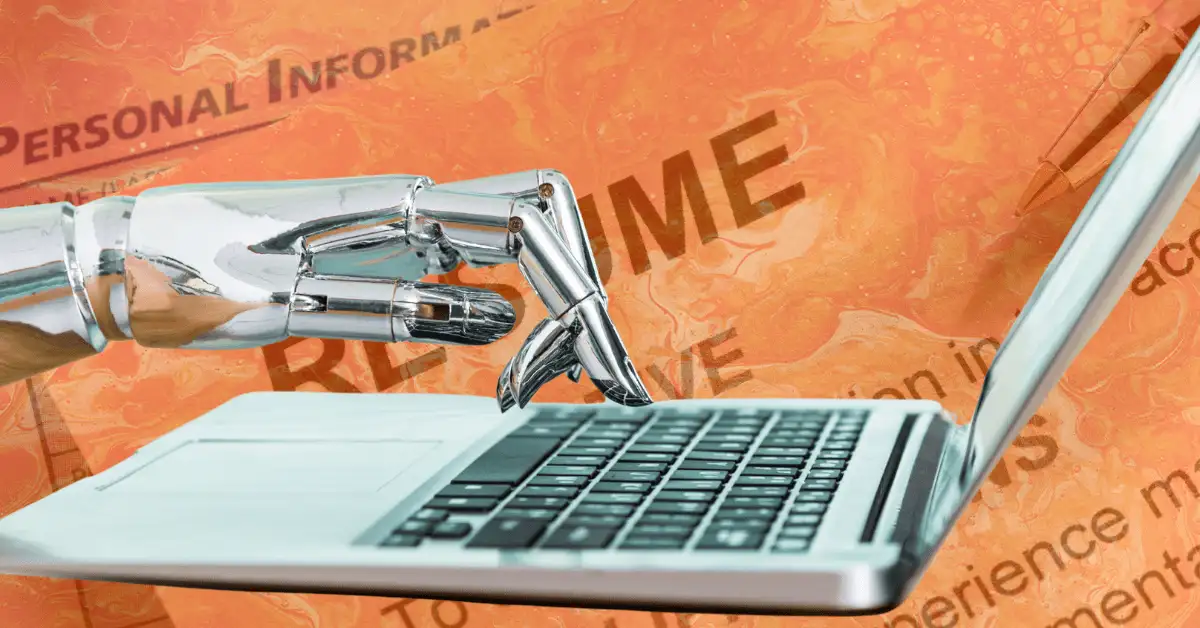
What the automation of telephone operators can tell us about future jobs
In the 1920s, AT&T employed hundreds of thousands of people as phone operators. The automation of these jobs affected incumbents and new entrants in different ways.
Published:
Updated:
Related Articles
-

-

How do you feel about the job market? Probably pretty weird
-

To whom it may concern: AI wrote that cover letter
-

Some young adults in China have a new job title: Full-time children
-

Music you can really feel — no, really
-

Having a terrible time landing a new job? You’re not the only one
-

Don’t pretend you aren’t interested in the world’s largest passenger elevator
-

Is it possible to get younger?
-

What happened at CES this year?
-

CES starts today. Here’s what to expect

